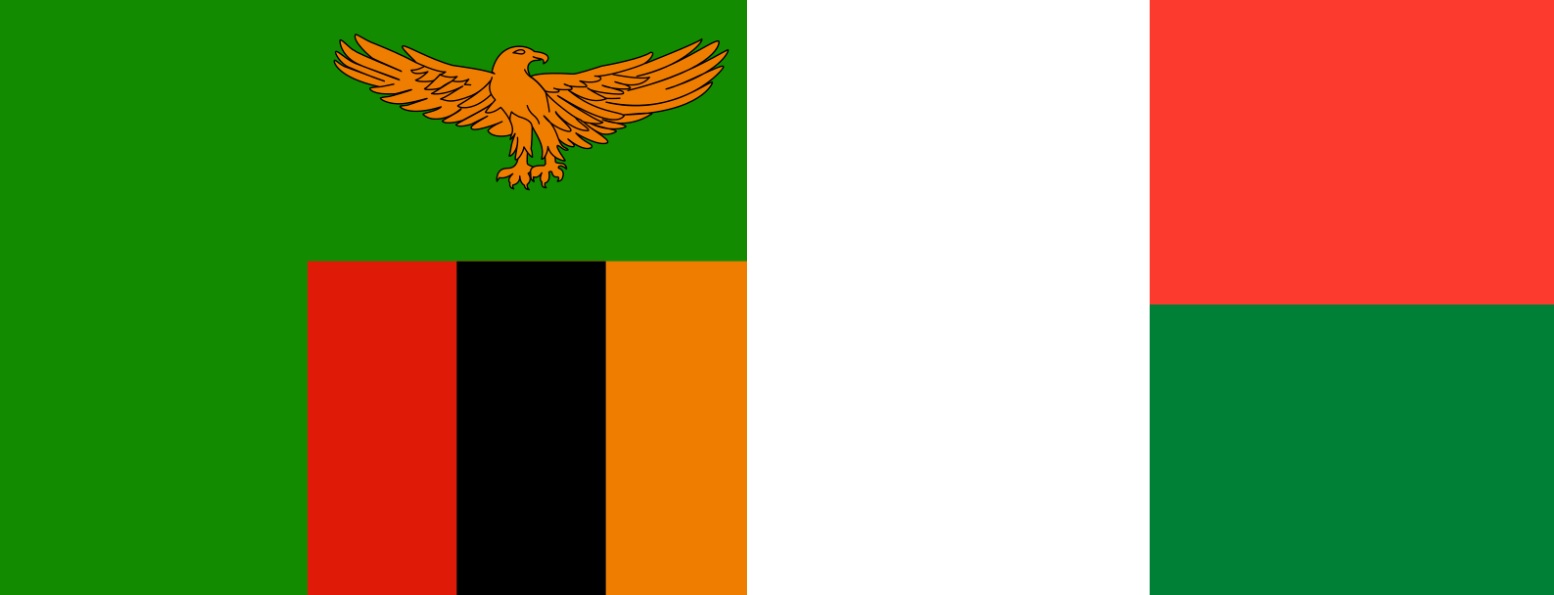Anglo American's S.Africa unit faces class action over Zambia lead poisoning
The Zambian mines ministry did not immediately respond to requests for comment. The lawsuit alleges Anglo American South Africa (AASA) is liable for emissions of lead into the local environment due to deficiencies in design, and for failing to ensure the clean-up of contaminated land or that ZCCM, a state-owned company which took over the mine in 1974, was warned of the lead hazard.

- Country:
- Zambia
Anglo American's South African division is being sued over allegations of negligence at a lead mine it part-owned in Zambia nearly 50 years ago, according to a class action filed at South Africa's High Court on Wednesday.
South African law firm Mbuyisa Moleele and UK-based Leigh Day said they filed the suit "on behalf of a class estimated to comprise more than 100,000 individuals" thought to have been poisoned by lead from the mine in Zambia's Kabwe district. "The application is brought by 13 representative plaintiffs on behalf of children under 18, and girls and women who have been or may become pregnant in the future," the two law firms said in a statement.
Anglo American said it would review the claims and "take all necessary steps to vigorously defend its position". It said it was one of a number of investors in the company that owned the mine until the early 1970s, when it was taken over by the Zambian government, but was "at all times far from being a majority owner".
"Furthermore, in the early 1970s the company that owned the mine was nationalised by the Government of Zambia and for more than 20 years thereafter the mine was operated by a State-owned body until its closure in 1994," it said in an emailed statement to Reuters. The Zambian mines ministry did not immediately respond to requests for comment.
The lawsuit alleges Anglo American South Africa (AASA) is liable for emissions of lead into the local environment due to deficiencies in design, and for failing to ensure the clean-up of contaminated land or that ZCCM, a state-owned company which took over the mine in 1974, was warned of the lead hazard. The lawsuit does not involve any other company.
'TOXIC LEGACY' The Zambian government sold stakes in ZCCM between 1992 and 2000, leaving it with a 17% share of the renamed ZCCM-IH, which holds minority stakes in mining projects. ZCCM-IH did not immediately respond to a request for comment.
"When one considers the period over which experts assess that most of this pollution occurred, and (AASA's) role in managing or providing technical and medical direction and advice during that time, there is a strong case for legal responsibility to be laid at Anglo's door," said Leigh Day partner Richard Meeran. An August 2019 report by Human Rights Watch found more than one third of the population of Kabwe lived in lead-contaminated townships because of the mine's activities. The report called on the Zambian government to take responsibility. It said ZCCM-IH had taken some measures to address the effects of lead pollution but they had not been addressed in "any comprehensive way".
Exposure to high levels of lead could impair growth, damage organs such as the liver and brain and increase the risk of miscarriage, the HRW report said. Zambia's then Minister Richard Musukwa said at the time of the report that the government was testing soil samples to ascertain the extent of poisoning and that some remedial measures were being carried out through a broader environmental project in the country's copperbelt region.
The class action seeks compensation from Anglo American for children, girls and women with lead poisoning who have or may become pregnant, as well as blood lead screening, clean up and remediation of the area.
(This story has not been edited by Devdiscourse staff and is auto-generated from a syndicated feed.)
- READ MORE ON:
- Zambian
- South African










